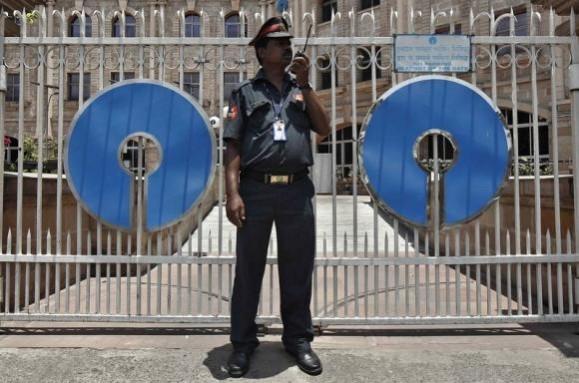The Indian government has approved plans to sell part of its stake in state-run banks and raise about $25.76 billion, according to a statement issued on Wednesday.

The decision was taken at a meeting of the Union Cabinet. The sale is expected to happen in a phased manner, till 2019.
The 27 state-run banks of Asia's third-largest economy currently have state ownership ranging from 56 percent to 84 percent. These banks account account for 70 percent of the total outstanding loans of about $1 trillion. The government would continue to hold 52 percent stake in the banks after the stake sale.
The banks also need an estimated $60 billion to build a buffer against bad loans in line with new global regulations.
Minister of State for Finance Jayant Sinha had told the parliament in November that a reduction in government stake in the banks would reduce capital injections substantially, as mandated by the new norms.
Over the last decade, the government funded these banks by about $13 billion. However the need to lower the budget deficit could limit the options available to the government on continued funding for the banks.
Over the next four years, the government would have to pump in ₹788.95 billion ($12.70 billion,) to maintain its 52 percent stake. Dividend outflow for the same period would mop up almost ₹345 billion ($5.56 billion.)
While the bigger state-run banks could see positive reaction to its share sales, smaller ones could languish. Most state-run banks are burdened by high levels of bad debt and corporate governance issues.
A panel appointed by the RBI had recommended the government to reduce its stake in state lenders to less than 50 percent.












